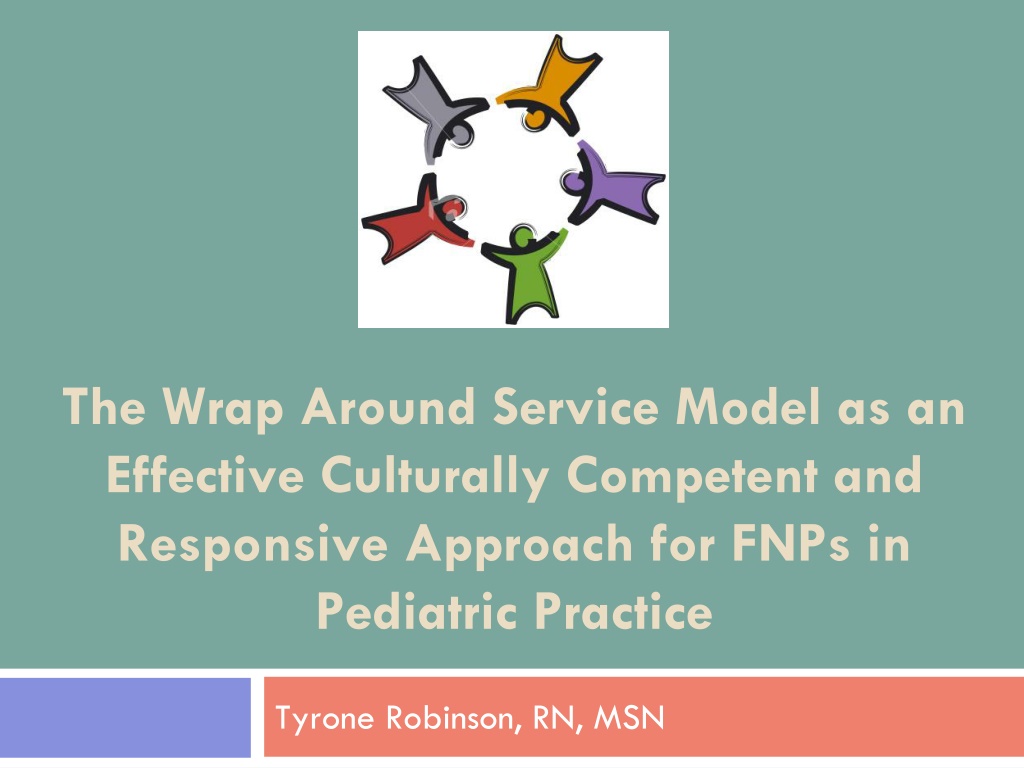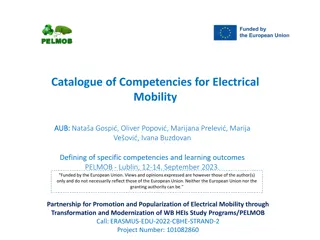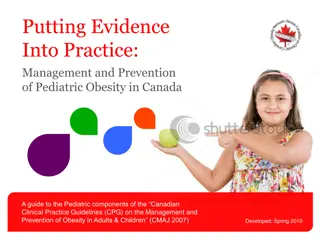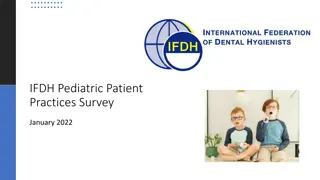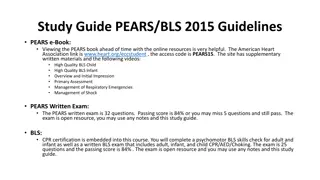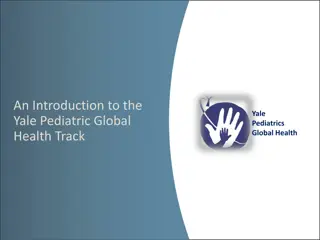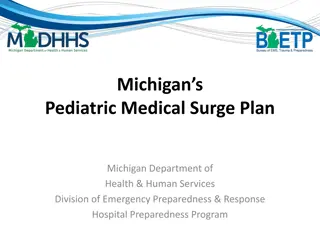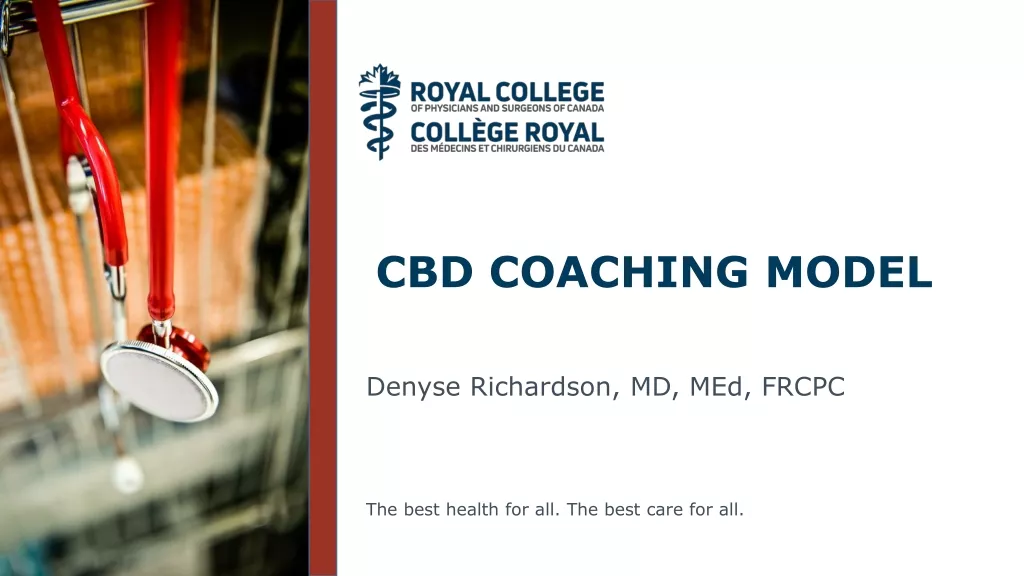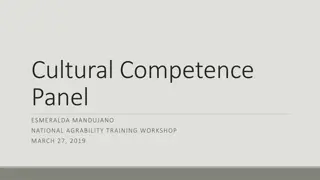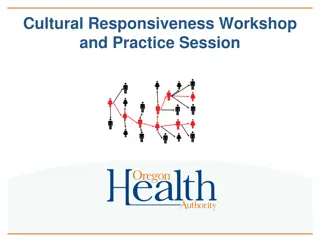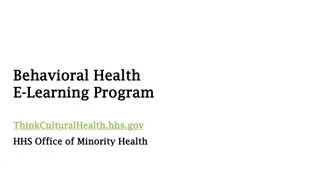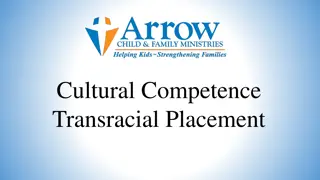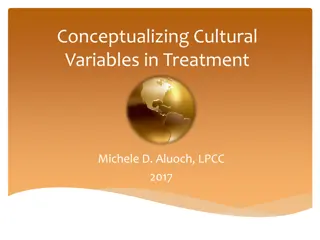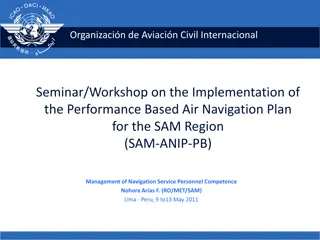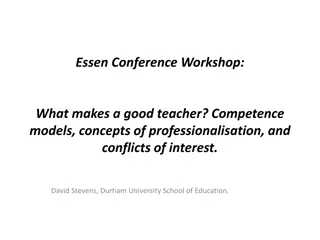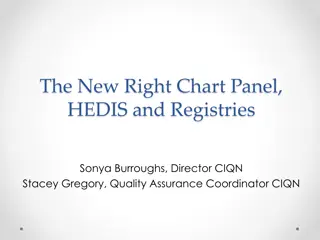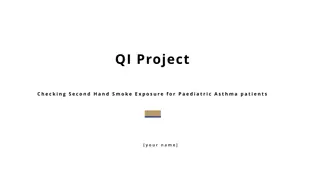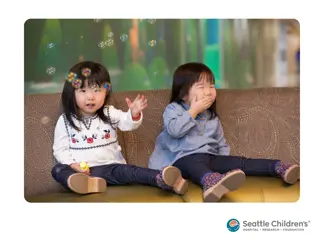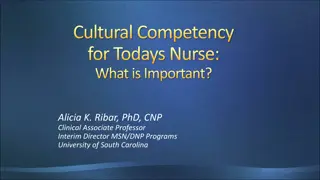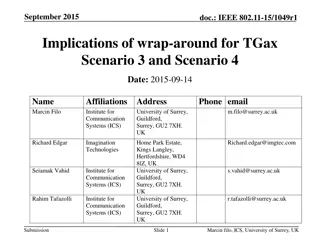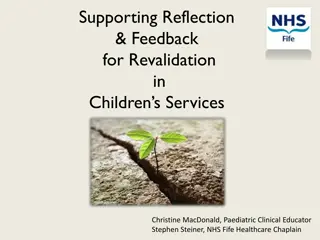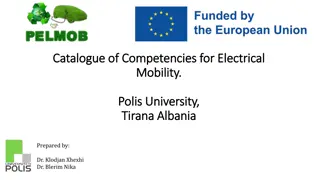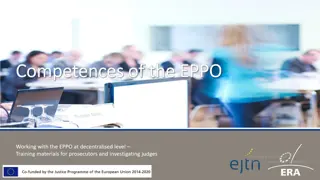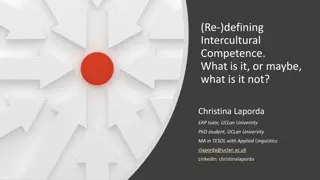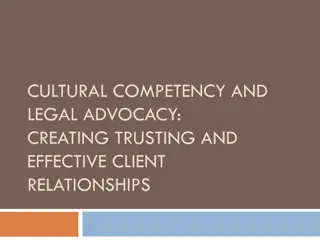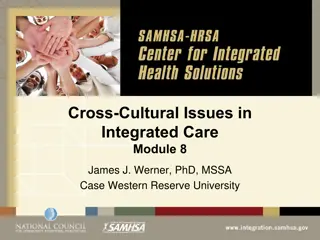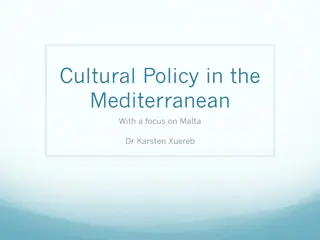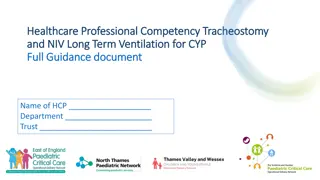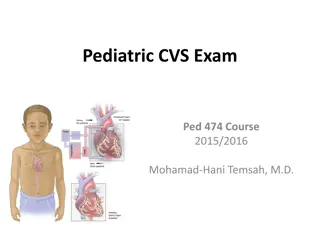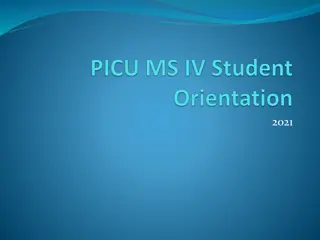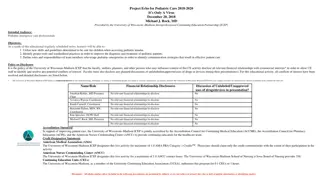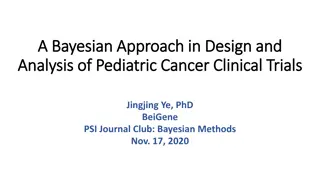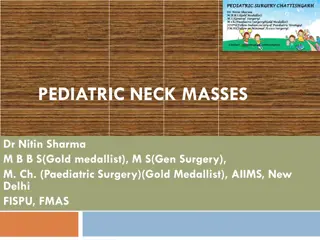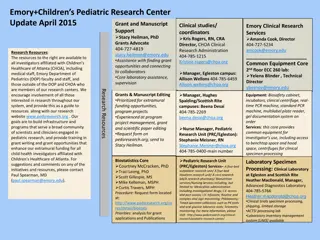Enhancing Cultural Competence in Pediatric Practice: The Wrap Around Service Model
This project focuses on increasing cultural competence among FNPs in pediatric practice using the Wrap Around Service Model. It includes unique methods like pre-program readings, teamwork, collaboration, and overall program evaluation. The approach aims to address the needs of behaviorally challenging children from diverse backgrounds in low-income communities through innovative strategies.
Download Presentation

Please find below an Image/Link to download the presentation.
The content on the website is provided AS IS for your information and personal use only. It may not be sold, licensed, or shared on other websites without obtaining consent from the author. Download presentation by click this link. If you encounter any issues during the download, it is possible that the publisher has removed the file from their server.
E N D
Presentation Transcript
The Wrap Around Service Model as an Effective Culturally Competent and Responsive Approach for FNPs in Pediatric Practice Tyrone Robinson, RN, MSN
Goals of the QA Program Project Focus on FNPs in pediatric practice who work with behaviorally challenging children in families from high- minority, low-income communities Increase the cultural competence/cultural responsiveness of FNPs in pediatric practice through application of the Wrap Around Service Model (Burchard, Bruns, Burchard, 2002) in their work
QA Program Participant Identification Convenience and Snowball Sampling Veteran s Day advantage Advance confirmation
Uniqueness: Methods not Evaluation Pre-program readings and writing assignments Teamwork and collaboration Meta level learning (not just learning the content, but learning how to learn it while learning it) Test of Learning Overall Program Evaluation
Pre-Program Readings Overview [tab] of the Social Determinants of Health focus area (HealthyPeople.gov, 2013) The Wraparound Approach (Burchard, Bruns, & Burchard, 2002) Missing Persons: Minorities in the Health Professions (Sullivan, 2004, pp. iv-31)
Pre-Program Writing Assignments Essay, 1-page, informally typewritten Philosophy, 3-5 pages, informally typewritten Needs Assessment, 3 question areas Emailed to Lead Facilitator 1 Week in Advance of Program
Teamwork and Collaboration Lead Facilitator and Co-Facilitator Co-facilitator who was observably culturally different from me (as lead facilitator) Role modeled cultural responsiveness in the delivery of the program content on cultural responsiveness Turn-Took in directing the process of each activity Mingled among/eavesdrop on the groups as they undertake the activities Used the three Facilitator Notes developed to support our co- facilitative process (Appendix B)
Teamwork and Collaboration Activities Group of 3 and report out Group of 5 and report out Whole group discussion
Meta Level Learning Intentionally designed to be more intensive in order to bring about a paradigmatic shift in FNP pediatric practice orientation from an unacknowledged/unexamined Eurocentric orientation, to a consciously culturally responsive one (Nieto & Bode, 2012)
QA Program Contributions to... The link between Service and Learning The FNP role and the future of healthcare The building of FNP core competencies
Reflective Analysis: Objectives I acknowledge that the objectives for this program were ambitious Describe the Wrap Around Service Model and how it can be used by FNPs in pediatric practice with behaviorally challenging children in families from high-minority, low-income communities (cognitive domain) Explain how the Wrap Around Service Model operates as an effective culturally competent and responsive approach to healthcare and can aid in achieving the Healthy People 2020 Social Determinants of Health focus area goal (affective domain) Apply three elements of the Wrap Around Service Model to her/his own FNP pediatric practice (psychomotor domain)
Reflective Analysis: Lessons Learned I allotted specific amounts of time to each program activity In so doing, I developed some anxiety
Reflective Analysis: Lessons Learned I chose to make use of pre-program readings and writing assignments to add substance to this program without adding instructional time that would preclude it from being able to be implemented in the typical 50-minute QA timeframe In sum then, this program represents a compromise between hunger for much more to be done and resolve to do at least something of substance
Questions? Thank You!
Content References Alegr a, M., Vallas, M., & Pumariega, A. (2010). Racial and ethnic disparities in pediatric mental health. Child and Adolescent Psychiatric Clinics of North America, 19(4), 759-74. Atkins, M., Frazier, S., Birman, D., Adil, J., Jackson, M., & McKay M. (2006). School-based mental health services for children living in high poverty urban communities. Administration and Policy in Mental Health and Mental Health Services Research, 33(2), 146-59. Bannister, S. (2002). Developing objectives and relating them to assessment. Retrieved from: http://teaching.uncc.edu/learning-resources/articles-books/best-practice/goals-objectives/developing-objectives Bernal, G., & Scharro n-del-Ri o, M. R. (2001). Are empirically supported treatments valid for ethnic minorities? Toward an alternative approach for treatment research. Cultural Diversity and Ethnic Minority Psychology, 7(4), 328-42. Bloom, B., Engelhart, M., Furst, E., Hill, W., Krathwohl, D. (1956). Taxonomy of educational objectives, the classification of educational goals: Handbook I, cognitive domain. New York, NY: David McKay Company. Brody, G., Murry, V., Gerrard, M., Gibbons, F., Molgaard, V., & Neubaum-Carlan, E. (2004). The Strong African American Families program: Translating research into prevention programming. Child Development, 75(3), 900-17. Burchard, J., Bruns, E., & Burchard, S. (2002). The wraparound process. In B. Burns, K. Hoagwood, & M. English (Eds.), Community treatment for youth: Evidence-based interventions for severe emotional and behavioral disorders. New York, NY: Oxford University Press.
Content References Cauce, A., Domenech-Rodriguez, M., Paradise M., Cochran, B., Shea J., & Baydar N. (2002). Cultural and contextual influences in mental health help seeking: A focus on ethnic minority youth. Journal of Consulting and Clinical Psychology, 70(1), 44-55. Coatsworth, J., Duncan, L., Pantin, H., & Szapocznik, J. (2006). Retaining ethnic minority parents in a preventive intervention: The quality of group process. Journal of Primary Prevention, 27(4), 367-89. de Arellano, M., Waldrop, A., Deblinger, E., Cohen, J., Danielson, C., & Mannarino, A. (2005). Community outreach program for child victims of traumatic events: A community-based project for underserved populations. Behavior Modification, 29(1), 130-55. Freire, P. (1970). Pedagogy of the oppressed. New York, NY: Seabury Press. HealthyPeople.gov (2013). 2020 topics and objectives: Social determinants of health ( Overview [tab]). Retrieved from: http://www.healthypeople.gov/2020/topicsobjectives2020/overview.aspx?topicid=39 Harrison, M., McKay, M., & Bannon, W. (2004). Inner-city child mental health service use: The real question is why youth and families do not use service. Community Mental Health Journal, 40(2), 119-31. Jacoby, B. (1996). Service-learning in higher education: Concepts and practices. San Francisco: Jossey-Bass. McNeil, C., Capage, L., & Bennett, G. (2002). Cultural issues in the treatment of young African American children diagnosed with disruptive behavior disorders. Journal of Pediatric Psychology, 27(4), 339-50.
Content References Moll, L., Amanti, C., Neff, D., & Gonz lez, N. (1992). Funds of knowledge for teaching: Using a qualitative approach to connect homes and classrooms. Theory Into Practice, 31(2), 132-41. N.A. (2014). Writing objectives using Bloom s taxonomy. Retrieved from: http://teaching.uncc.edu/learning- resources/articles-books/best-practice/goals-objectives/writing-objectives Nieto, S., & Bode, P. (2011). Affirming diversity: The sociopolitical context of multicultural education (Sixth edition). Upper Saddle River, NJ: Pearson Education. Schoem, D., Hurtado, S., Sevig, T., Chesler, M., & Sumida, S. (Eds.). (2001). Intergroup dialogue: Democracy at work in theory and practice. In D. Schoem and S. Hurtado (Eds.), Intergroup dialogue: Deliberative democracy in school, college, community, and workplace (pp. 1-21). Ann Arbor, MI: University of Michigan Press. Sullivan, L. (Chair). (2004). Missing persons: Minorities in the health professions: A report on diversity in the healthcare workforce. Battlecreek, MI: W.K. Kellogg Foundation. Tolan, P., & Dodge, K. (2005). Children s mental health as a primary care and concern: A system for comprehensive support and service. American Psychologist, 60(6), 601-14. Yosso, T. (2005). Whose culture has capital? A critical race theory discussion of community cultural wealth. Race, Ethnicity and Education, 8(1), 69-91.
